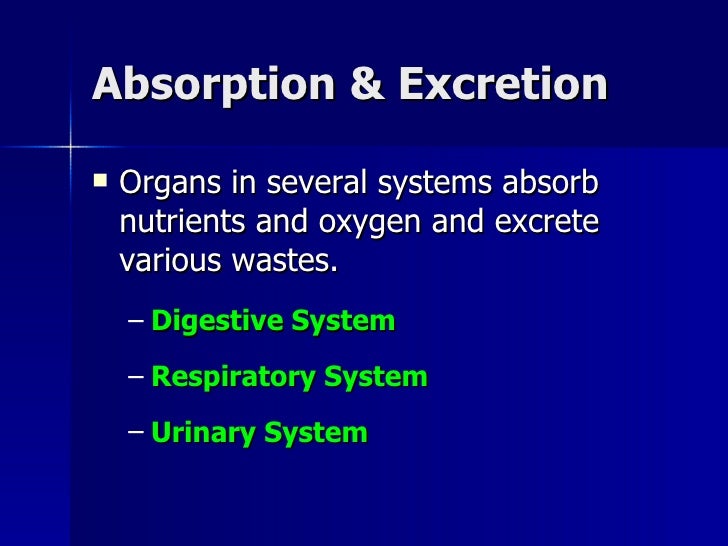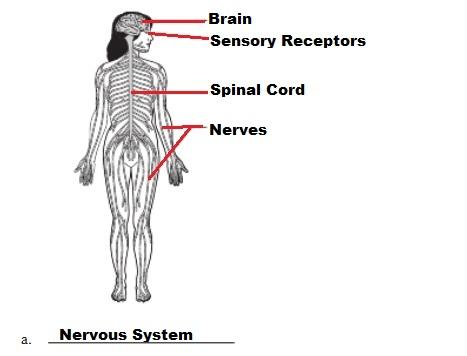

It is evident because it has to cover the entire outer surface of the body.

What are the 78 organs in the human body?Ħ. The body's systems are circulatory, nervous, digestive, respiratory, muscular, reproductive, urinary, skeletal, endocrine, immune, cardiovascular, and integumentary.ĥ. The 11 major body parts of the human body are the brain, heart, lungs, stomach, intestines, kidney, liver, uterus or testes, spine, pancreas, and extremities (arms and legs). What are the 11 major body parts of the human body? The 7 levels of organization in the human body start from the basic structure of life are: the atom, molecule, organelles, cell, tissues, organ, organ system, and the human organism.ģ. What are the 7 levels of organization in the human body? The basics of the human body are the microscopic structure, or the fundamental unit of life is the cell that groups into tissues, organs, and organ systems.Ģ. It can be easily understood by knowing the effective systems that perform the primary functions and locating the vital organs that perform life-sustaining functions.ġ.The human body is the most complex form of life.Several directions are defined for the human body, as shown in the picture above. The body's anatomy divides the positioning of the organs and their systems in the body based on the direction. The vital organs located in these regions of the body: the brain in the head, spine in the neck and back, lungs and heart in the thorax, stomach, liver, gallbladder, pancreas, spleen and intestines in the abdomen, urinary bladder, kidneys, and uterus or testes in the pelvis. These regions constitute the vital organs that perform various functions. The human body is divided into various regions such as the head, neck, chest or thorax, arms or hands, abdomen, legs or limbs, back, and pelvis.

The skeletal system provides support and framework to the human body.Īnatomy refers to the science that elaborates on the inner structure of the human body.The nervous system responds to the environment.The muscular system helps in body movement.The digestive system extracts nutrients from the food consumed.The endocrine system controls the hormonal balance.The circulatory system maintains the blood flow.The urinary system removes waste products and purifies blood.The respiratory system breathes or gas exchange.The central body systems are skeletal, nervous, muscular, endocrine, circulation, digestive, respiratory, reproductive, and urinary.Īll the body systems perform one single complex function: Tissues are groups of similar cells that perform a single function that forms an organ together with other tissues. Organs are part of different body systems consisting of various tissues grouping themselves into complex structures that perform one or more simple functions that help complete the organ system's complex process. The organ system performs a complex function, and consists of different organs arranged systematically. They are grouped hierarchically as systems, organs, tissues, and cells. The human body is one single structure that is made of smaller networks.


 0 kommentar(er)
0 kommentar(er)
